Thermal Break Solutions for Balconies, Canopies and Sunshades
Concrete balcony thermal break. Steel balcony thermal break. Thermal bridging at steel balcony and canopy connections can reduce the R-value of a wall by nearly 60%. Concrete balconies by 50%. In addition to creating heat loss, the thermal bridging at these connections cools the surface temperature of materials within the building envelope creating condensation risk.
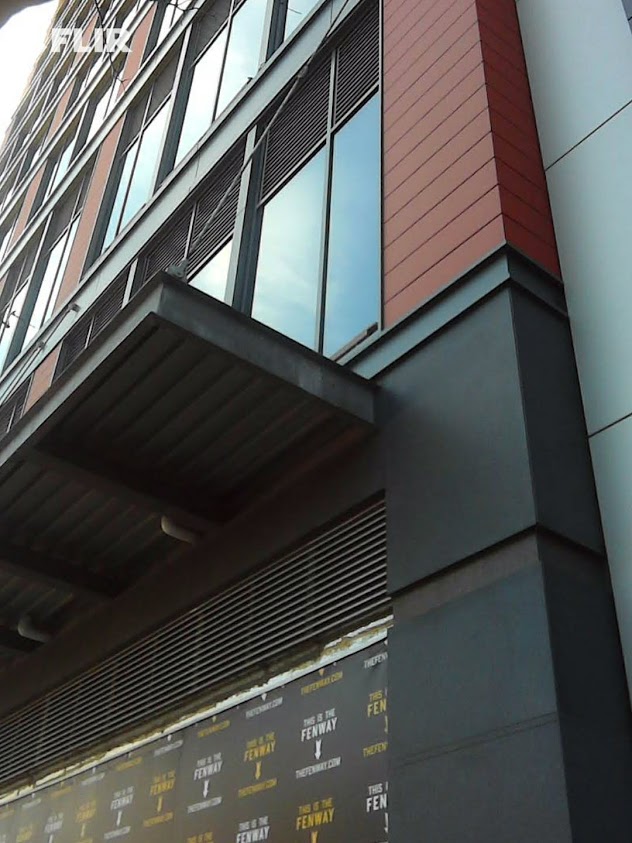
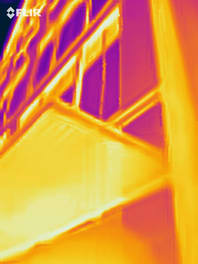
Steel and concrete balcony and canopy connections
Steel balcony and canopy and aluminum sunshades are typically attached to the building at singular connection points along the length of the element. Concrete balconies, whether precast or cast in place, are essentially an extension of the floor slab and the connection to the building is continuous along its length. These singular or continuous connections pass through the building envelope interrupting the continuous, exterior insulation and air barrier creating a thermal bridge and heat loss.
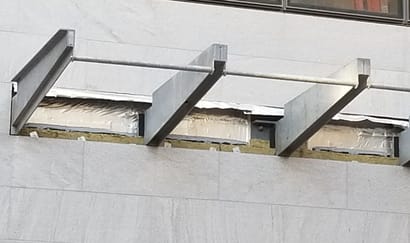
Canopy connections passing through the exterior insulation creating a thermal bridge at each connection point.
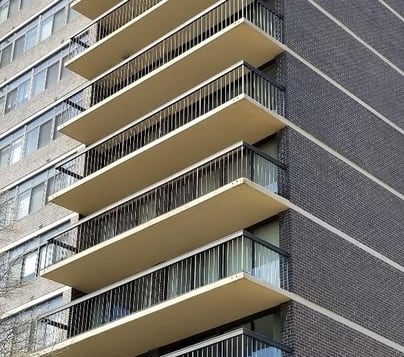
It has been demonstrated that concrete balconies act as cooling fins as they conduct heat from the floor slab inside through the building envelope.
Thermal modeling has shown that by incorporating a structural thermal break at the balcony, canopy, and sunshade connections there will be a reduction in the heat lost to thermal bridging. This increases the effective R-value or thermal resistance of the wall assembly. In certain cases, a properly designed thermal break can reduce heat flow by as much as 50%. In short, the use of a thermal break reduces the wall’s ability to transfer heat.
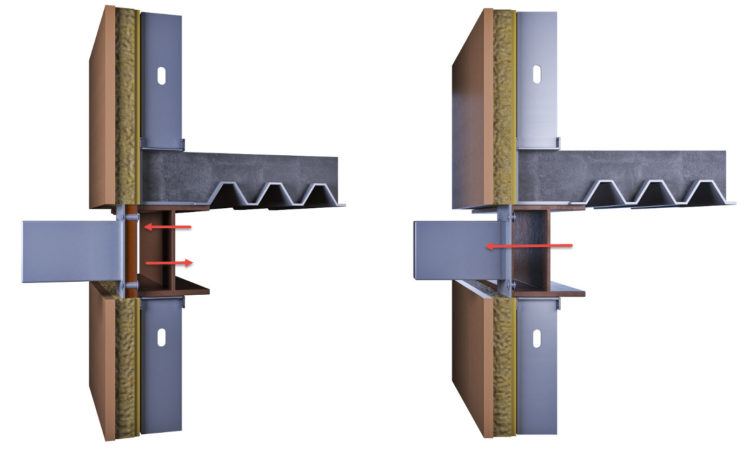
Steel, Aluminum, and reinforced concrete have the ability to conduct heat at a high rate. Due to the thermal conductivity of these materials, they can easily transfer heat along structural connections that pass through the thermal envelope of a building. This is what creates thermal bridging and the resultant, higher than expected heat loss associated with balcony, canopy, and sunshade building features.
TBM-1 and TBM-2 structural thermal break materials reduce heat loss in steel and aluminum connections. Egobox thermal break assemblies reduce heat loss in cast in place concrete connections.

Conductance is a function of thickness and temperature difference, so the thickness of a thermal break should be carefully considered. In any connection design using a thermal break, the goal is to use the appropriate thermal conductivity that will help the wall assembly meet energy code requirements.

